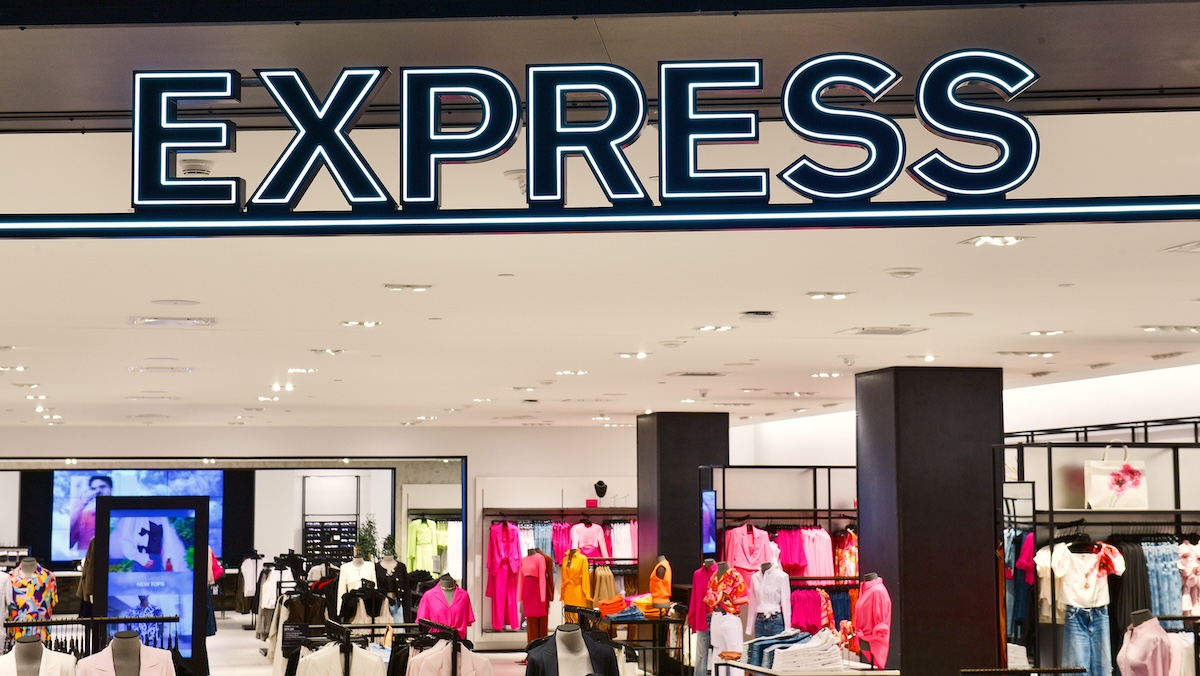Thursday’s report on consumer inflation helps to confirm what many American households have suspected for months — that rising prices are forcing consumers to lower their standard of living to make ends meet.
U.S. consumer prices shot up faster than expected in July, fueling the biggest year-over-year jump in more than 17 years, according to the latest government data. Prices were 5.6 percent higher in July than they were a year earlier. Energy prices were up 29.3 percent for the year and food costs were 6 percent higher.
Excluding volatile food and energy items, the so-called core CPI rose 0.3 percent in each of June and July, slightly above forecasts for a 0.2 percent gain in July. On a year-over-year basis, core prices rose 2.5 percent in July, slightly more than the 2.4 percent rise that was forecast.
A separate set of data showed just how hard those prices rising are hitting household budgets. After adjusting for inflation, the average weekly paycheck dropped by 0.8 percent in July from June, extending an ongoing slide in real income. That left real earnings 3.1 percent lower in July than they were a year ago.
As the rising price of energy, food and other raw materials cuts into businesses' profits, the companies that make, ship and sell the things consumers buy are beginning to pass those costs along. With households already squeezed, something has to give. But paychecks aren’t keeping up with price increases. Tax rebates helped, but they're largely spent.
That means that as the higher costs of food and energy are passed along in higher prices for services and finished goods, consumers will just have to tighten their belts another notch.
Business
“There’s no doubt that inflation numbers are squeezing standard of living,” said John Ryding, an economist with RDQ Economics. “And that’s even more true abroad in the developed world where food becomes a much higher part of people’s consumption basket.”
As consumer budgets have gotten squeezed, so have corporate profits. Faced with higher shipping costs and pricier plastic, consumer products companies like soft drink maker Dr. Pepper Snapple Group have raised prices — even as sales have fallen. The company said Wednesday that revenues rose 1 percent in the latest quarter after higher prices offset a drop in sales volume.
“With the economy the way it is, a lot of our consumers are now thinking with their wallets,” said Larry Young, CEO of Dr. Pepper Snapple. “Right now, we're just watching the market. We’ve got our prices set. We’re always going to be competitive out there. If we see that we need to go up, we'll be able to act quickly.”
Some companies that haven't yet passed along higher costs are having trouble holding the line. Some 38 percent of small businesses surveyed by the National Federation of Independent Business said they plan to raise their prices in the coming months, according to the trade group’s latest monthly survey.
But it’s not clear just how much more of that inflation “pass through” is still in the pipeline, according to Ryding.
“That is the $64,000 question – except in these inflation days it’s the $64 million question,” he said.
Reuters contributed to this story.
var url=location.href;var i=url.indexOf('/did/') + 1;if(i==0){i=url.indexOf('/print/1/') + 1;}if(i==0){i=url.indexOf('&print=1');}if(i>0){url = url.substring(0,i);document.write('URL: '+url+'
');if(window.print){window.print()}else{alert('To print his page press Ctrl-P on your keyboard \nor choose print from your browser or device after clicking OK');}}


